There are two types of people visiting South East Asia (SEA).
The backpacker, and the sex tourist.
What are they doing there?
One of them is Anna. Hi Anna!
Anna is waking up, her head still a bit heavy from yesterday evening. When did she get home again? Around 2:30 probably… She fumbles to reach to her phone under the pillow. 10:32. All good. She’s not very on fire yet, but manages to put on her clothes. The necklace she bought three days ago at the night market complements her elephant pants perfectly.
Anna heads down to the lobby where some of her hostel friends are already hanging out. They plan to see a waterfall nearby today and are going to be picked up in half an hour. While part of the group gets some fried rice a few houses down the road, others opt for the garbage breakfast offered by the hostel (burned toast and butter). The last hostel was much better but you never know what you get.
A minivan with some dents and no seat belts, but a joyful driver, arrives and they get in. The group has met on Bangkok’s notorious Khao San Road, and while some people have come and gone, it has been relatively stable for the last two weeks. They traveled from Bangkok to Chiang Mai, Chiang Rai and then to Laos. During the 45 min trip to the waterfall, they discuss what they should do the next days. Simon wants to stay in town because it offers quite a few activities. You can go river tubing, parasailing, swimming in the lagoon and, of course, get hammered in the clubs. Laylah wants to “get out of all this tourism shit” and travel to the next destination where of course no one ever went to.
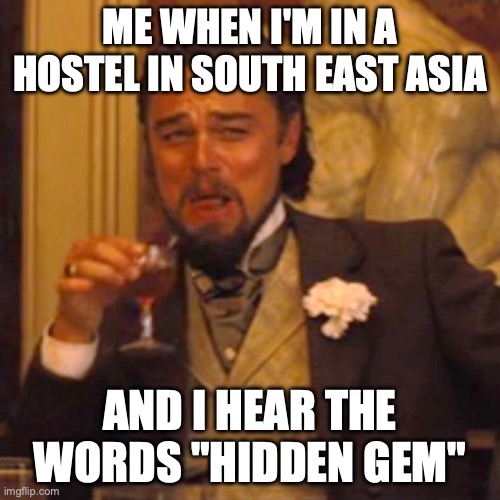
They arrive at the entrance, pay the fee, look at the stunning waterfall, but are a little annoyed that it’s crowded. Anna wants a good picture and she needs to wait in line for a few minutes for the Instagram spot. #blessed
As they return from the trip at 4pm, they book a parasailing trip and a bus ticket to the next town. Both can be done in the hostel or in one of the numerous travel agencies that all offer the exact same activities. Simon wonders how it works, someone calls someone and bang - the van is here. It’s kinda opaque but has always worked out.
In the evening, they hang out a little in the hostel lobby, drinking booze bought at the convenience store. Anna attempts to start a serious conversation about the climate policies in each other’s countries, but it doesn’t catch on and so she gives up. More people from the hostel join the lobby. She has definitely seen the pair in the corner to her left before. Was it in Chiang Mai? Or in Pau when they did the Mae Hong Son loop? She can’t remember but it doesn’t really matter. As the group is growing to a size of about 15 people, they venture out to the town’s “walking street”, a road lined up with bars and clubs catering to foreigners. They dance the night away to the evergreen classics heard in every club in SEA.
And that’s the story of the backpacker.
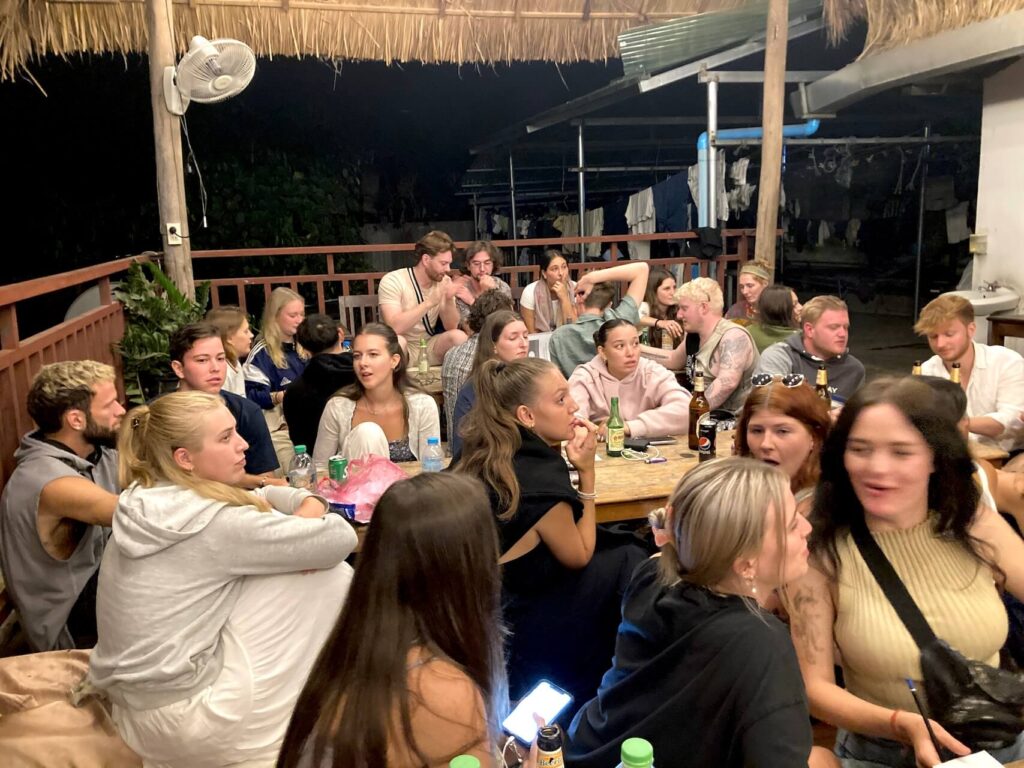
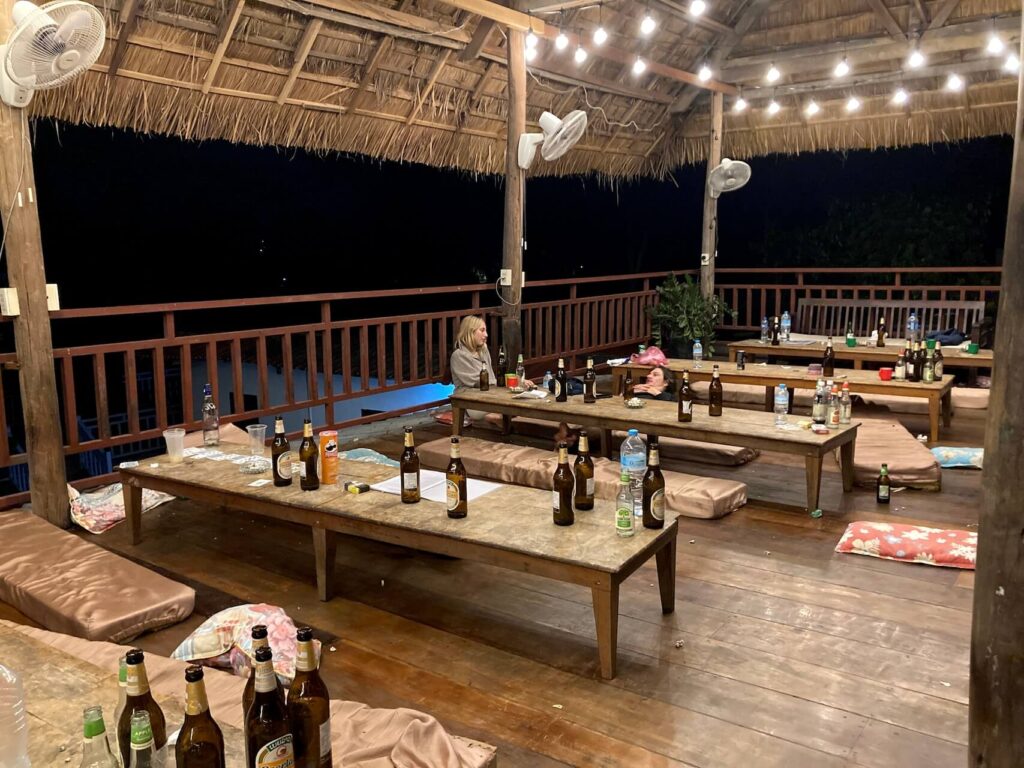
OK OK, this was a bit overblown. But: More often than not, the backpacker crowd has certain social dynamics that are super-interesting to observe. And while “backpacking” in its barest sense means nothing more or less than traveling with a backpack (hence including e.g. a pilgrimage on the Camino de Santiago), backpacking has become synonymous with a specific style of low-cost travel. It is the romantic idea of getting lost in a foreign country, looking for some kind of “authentic”, individual travel experience. Doing something truly unique. Finding your inner self.
That’s fine to a point, I guess. The funny thing is that backpackers are propagating this narrative of authenticity while indulging in the exact opposite. It’s especially prevalent among SEA backpackers. Few recognize the irony in their doing.
Heck, there is an entire industry built around it. Hostels, tour agencies, clubs, bars, day trips, all readily available. Travel sites like Lonelyplanet, blogs and, increasingly, Instagram profiles provide tips and cultural cohesion inwards and distribute the narrative outwards. Thus, a shared culture forms among the backpackers. Hostels serve as central socializing hub and form the base for every adventure. Long-running backpackers distinguish themselves from newcomers with more sophisticated backpacker clothing (colorful apparel, accessories, and the dreadful-iconic elephant pants). Also, given the fact that they have lots of stories to tell, the experienced ones often have some kind of higher status, enjoy more talking time and are consulted for every group decision (e.g. where and when to go out). Of course, all this is very informal and individual self-confidence plays a major role as well. Nevertheless, you can’t miss the dynamics if you pay attention. I loved it, because it was an endless playground for group influence games – without the risk of damaging any important relationship. Sometimes I would compete, and sometimes I would lean back.
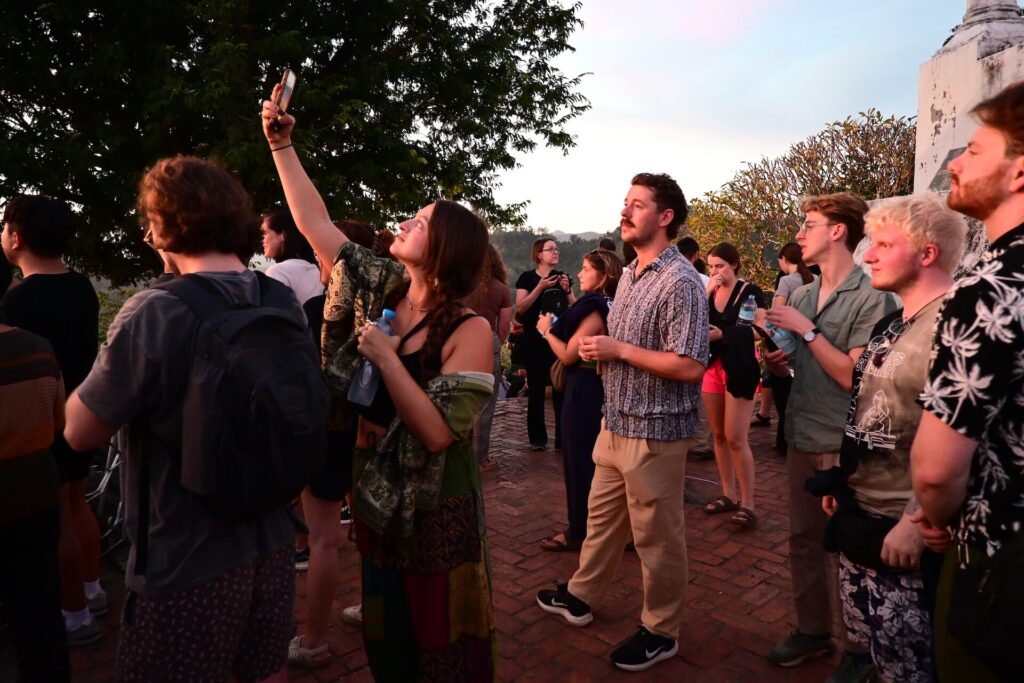
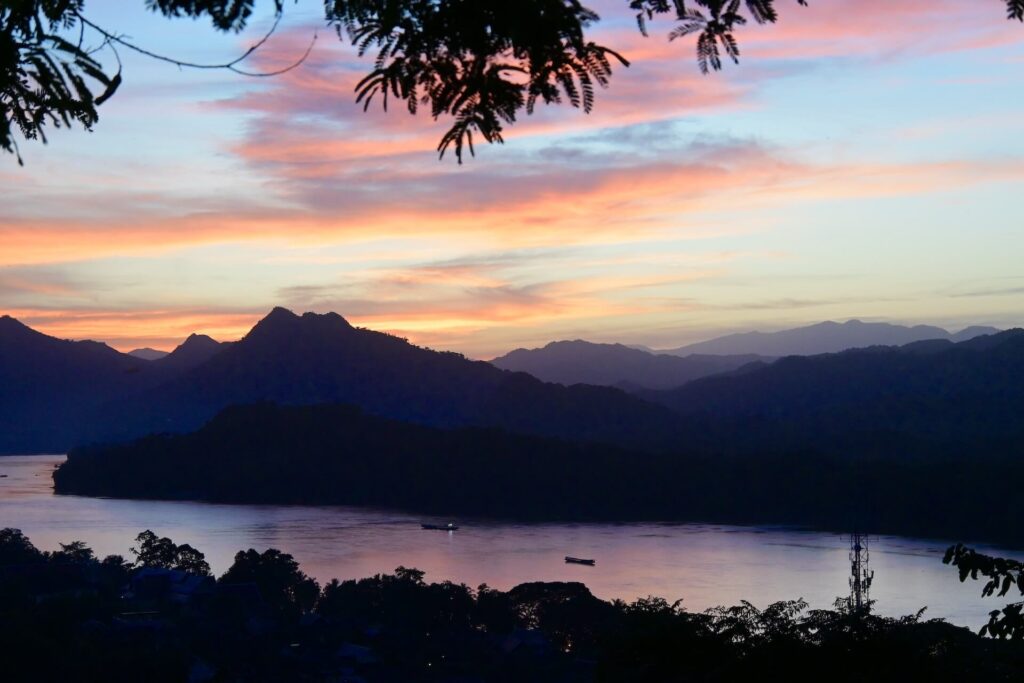
The culture also continuously promotes a set of destinations that are aligned on certain routes like polished pearls on a necklace. Most people start their trip in Bangkok. There, they have to make the first decision: Whether they want to do the Southern Route down to Malaysia, the Northern Route (Chiang Mai, Chiang Rai, Laos) or the Cambodia Route to Vietnam. Vietnam in turn has its classic trail along the coast. Every route offers a few detours here and there, and people debated passionately which places were more “hidden gems” – but as the options are few (if you don’t want to leave the bubble), none of them are remote or secret in any way.
My tip: Try out traveling to a randomly selected place, off the beaten track. A map can help you. You’ll meet less, but very interesting people (travelers and depending on the language barrier locals too). This was happening on the US bike tour that brought me to places simultaneously mundane and stunning. And no one cares about them. Or have you been to Hotchkiss, Colorado?
It doesn’t take much, sometimes a day is enough: This Laotian village is just outside Luang Prabang, the old Lao capital full of tourists. In the village, on the other hand, people wave to me like never before. Two worlds, eight kilometers apart.
Anyway, I did the Northern Route, but the “wrong” way – I landed in Vientiane (Laos), traveled to Luang Prabang and then to Thailand. Which was fun because I bumped into the few people that were traveling in my direction in every city. The stream of people going the opposite way was, no joke, tenfold. In Chiang Mai, you can opt for the Mae Hong Son Loop, a beautiful multi-day road trip that brings you close to the Myanmar border. People talked about it excitedly as “the real thing” and “away from the masses”. Haha. The ones who returned from it had an aura of adventurers, they “made it”. A rite of passage. I forwent it though. A mistake? Was I even in Thailand?
Interaction with locals is scarce and transactional, partly due to the language barrier, but more so because the backpackers mostly want to engage among themselves, even though they say otherwise. Locals are also exoticized by some (fortunately not by all) and described as either “simple but happy” or “they all just want to goddamn rip off the tourists”. Uhm… maybe they are just fellow human beings living their lives like everyone else?
And then there are all the New Age folks who tour around with their peace shirts and five necklaces and Buddha tattoos, popping pills and talking about their chakras and "how happy the people in Asia are even though they have nothing." oof.. what a bullshit.
I think you got the message by now. Maybe you’re yawning already. Whatever authenticity means in travel, it’s not this.
But hey: Who cares? YOLO. Have fun in South East Asia!













